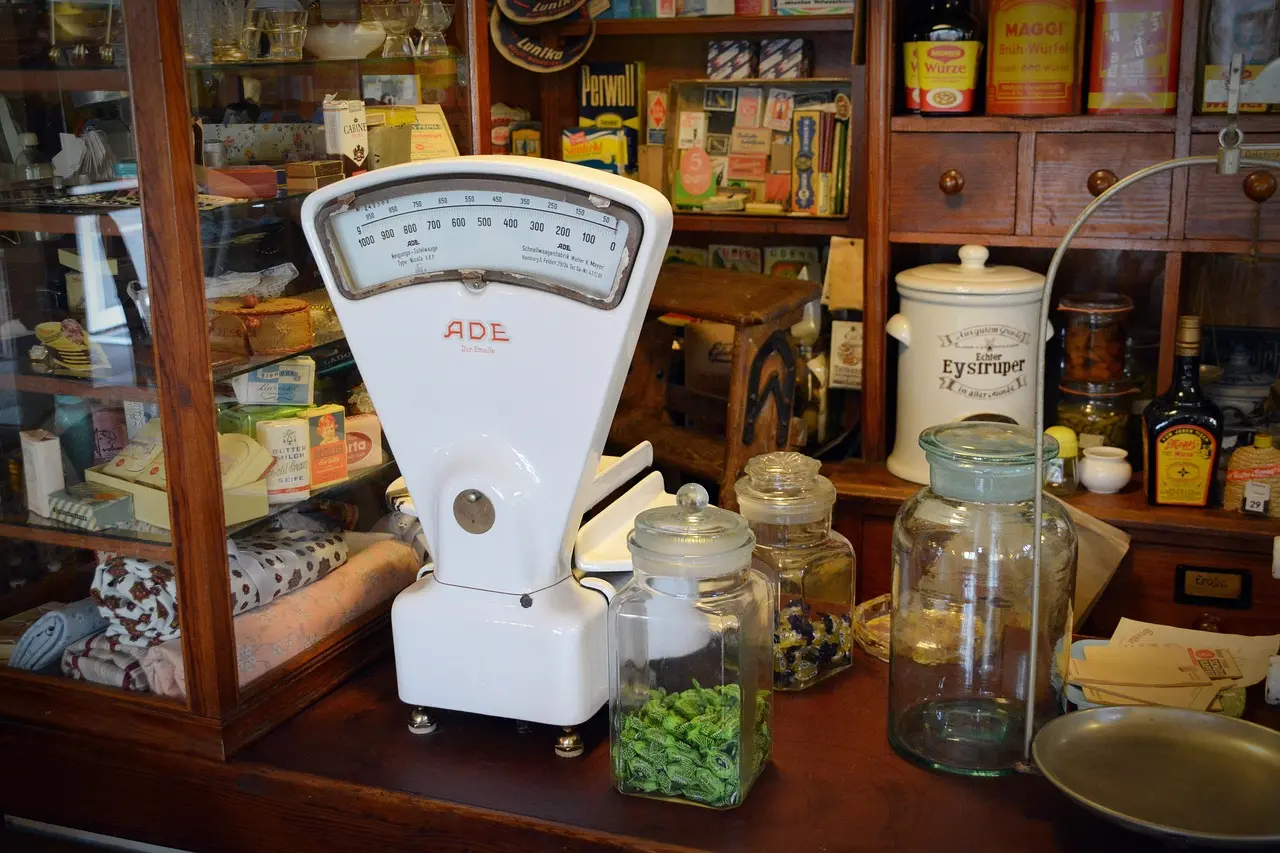When you're cooking or baking, especially with larger quantities of ingredients like meats, produce, or bulk bags of flour and sugar, you'll often encounter weights measured in either pounds (lb) or kilograms (kg). Similarly, if you're exploring international recipes, particularly those from Europe or other metric-using regions, kilograms will be the standard. While both pounds and kilograms are units of mass (commonly referred to as weight in everyday kitchen contexts), they belong to different measurement systems: the Imperial/US Customary system for pounds and the Metric system for kilograms. Understanding how to confidently convert between these two units is essential for accurate cooking, cost-effective shopping, and successful recipe adaptation.
The Pound (lb): A Staple of the Imperial and US Customary Systems
The pound, abbreviated as "lb" (from the Roman word "libra"), is a fundamental unit of weight within the Imperial system (which, while officially replaced by metric in the UK, still sees some traditional use) and the US Customary system. In American kitchens and grocery stores, it's the go-to unit for a wide array of items:
- Meats: Beef roasts, whole chickens, ground meat.
- Produce: Potatoes, onions, apples, often sold by the pound.
- Bulk Staples: Larger bags of flour, sugar, rice.
The pound is further subdivided, which is important for smaller measurements:
- 1 Pound (lb) = 16 Ounces (oz) (avoirdupois ounces)
It's crucial not to confuse these weight ounces (oz) with fluid ounces (fl oz), which measure volume. Our article on why fluid ounces are not weight ounces explains this common point of confusion.
The Kilogram (kg): The Global Standard in the Metric System
The kilogram, abbreviated as "kg," is the base unit of mass in the International System of Units (SI), more commonly known as the metric system. It is the standard unit for measuring weight for most food packaging, recipes, and commerce in the vast majority of countries worldwide.
The kilogram is part of a decimal-based system, making calculations and scaling straightforward:
- 1 Kilogram (kg) = 1000 Grams (g)
- 1 Gram (g) = 0.001 Kilograms (kg)
The Crucial Conversion Factor: Bridging Pounds and Kilograms
The key to seamlessly moving between these two systems lies in understanding their direct conversion factor. The internationally accepted standard is:
- 1 Kilogram (kg) is approximately equal to 2.20462262 Pounds (lb).
- For most practical kitchen purposes, this is often rounded to 1 kg ≈ 2.2 lb.
- Conversely, 1 Pound (lb) is approximately equal to 0.45359237 Kilograms (kg).
- This is often rounded to 1 lb ≈ 0.45 kg or, more commonly, to 453.6 grams (g) or even 450g or 454g for simplicity in recipes.
When Do Pound and Kilogram Conversions Become Essential in the Kitchen?
You'll find the need to convert between pounds and kilograms in various culinary scenarios:
- Adapting International Recipes: A classic European beef bourguignon recipe might call for "1.5 kg of stewing beef," while a US-based recipe for a similar dish might specify "a 3 lb chuck roast."
- Bulk Ingredient Purchasing: You might encounter a 5 lb bag of potatoes at a US supermarket, or a 2 kg bag of onions at a market in a metric-using country. Understanding the equivalents helps in comparing value and planning quantities.
- Meat and Produce from the Butcher or Market: Depending on your region, butchers and grocers will price and sell meats and produce by the pound or by the kilogram.
- Understanding Food Packaging and Nutrition Labels: Imported food products will often have weights listed in kilograms or grams. Nutrition labels, especially on international products, might provide serving sizes or nutrient values per 100g, which relates directly to kilograms.
- Scaling Large Recipes: When cooking for a crowd or in commercial settings, precise weight conversions for bulk ingredients are essential for consistency.
Practical Conversion Examples:
- If a recipe calls for 2 kg of chicken pieces:
2 kg × 2.20462 lb/kg ≈ 4.41 lbs. You would look for about 4.5 pounds of chicken. - If you purchase a 10 lb bag of flour:
10 lb × 0.453592 kg/lb ≈ 4.54 kg. - A recipe needs 750g of potatoes:
750g is 0.75 kg. So, 0.75 kg × 2.20462 lb/kg ≈ 1.65 lbs. You'd aim for just over 1.5 pounds of potatoes.
For more detailed conversions, especially when dealing with fractions or needing precise ounce equivalents, using a digital kitchen scale with dual-unit functionality or a reliable conversion tool is invaluable.
Tools for Easy Pound-Kilogram Conversions:
- Digital Kitchen Scale: The most essential tool. Most modern digital scales easily switch between pounds/ounces and kilograms/grams with the press of a button.
- Online Converters & Apps: Our Kitchen Calculator tool can handle these conversions quickly. Many other online resources and smartphone apps are dedicated to unit conversions.
- Printable Conversion Charts: Keeping a handy chart in your kitchen can save time.
For more granular conversions that involve ounces and grams, you can also explore our specific charts for Ounces to Grams and Grams to Ounces.
Conclusion: Weighing In With Confidence
Whether you're navigating an international recipe, making bulk purchases, or simply aiming for greater precision in your cooking, a solid understanding of how to convert between pounds and kilograms will make your kitchen endeavors smoother and more successful. While quick mental estimations are often fine for general cooking, investing in a digital scale and utilizing reliable conversion tools will empower you to tackle any recipe, regardless of its origin or the units used, with accuracy and confidence. Demystifying these larger weight units opens up a world of culinary possibilities!
 « Back to Blog Index
« Back to Blog Index